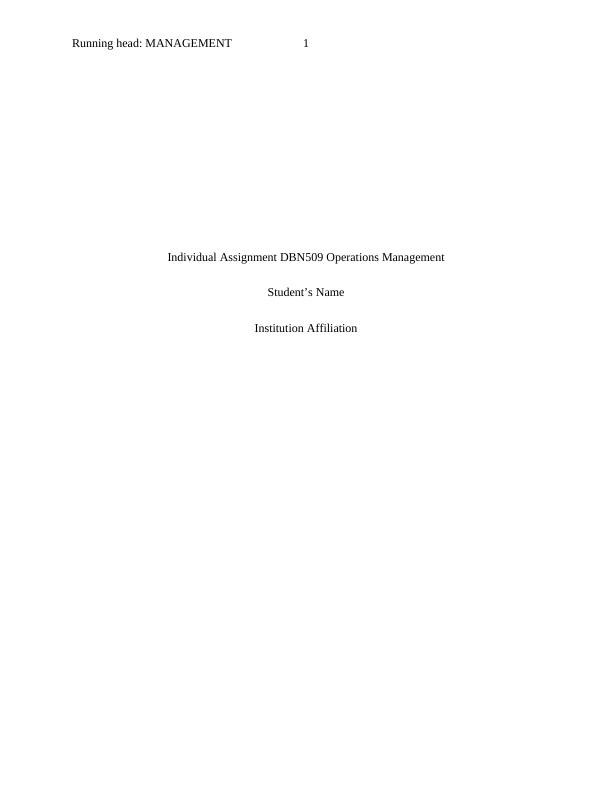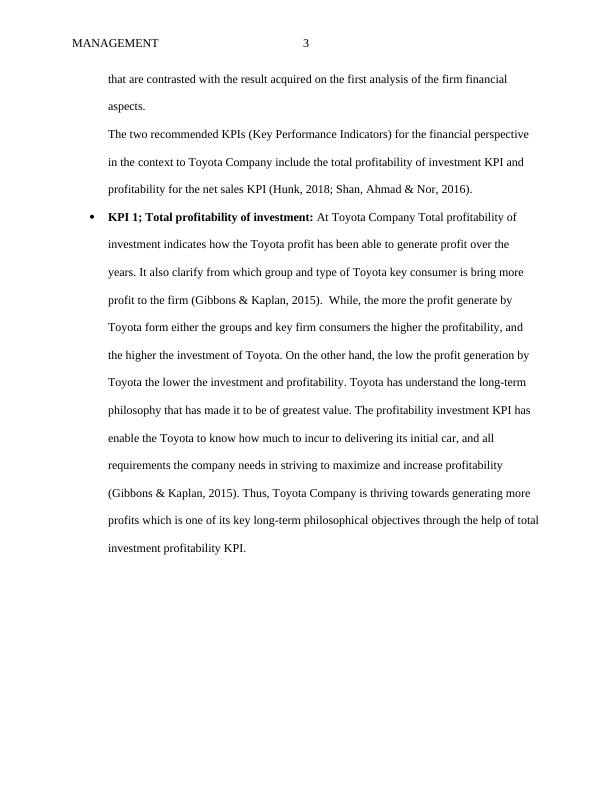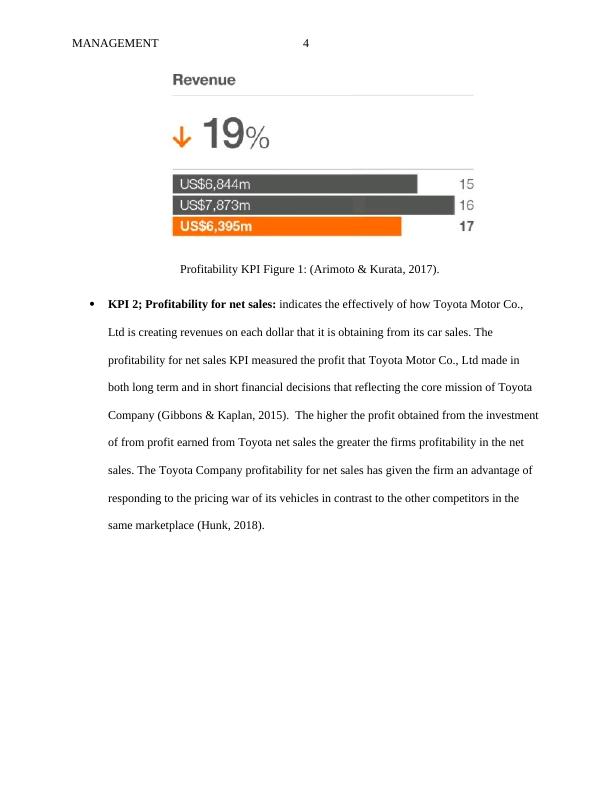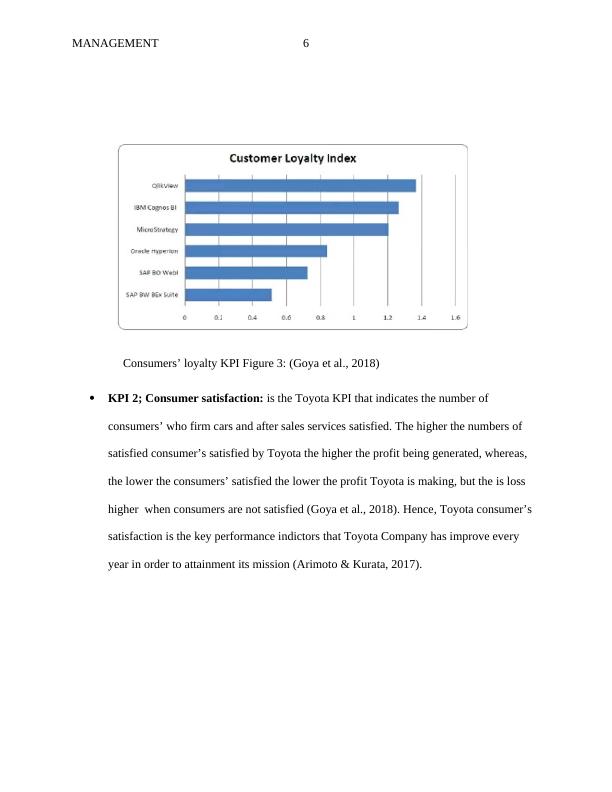Balanced Score Card and Quality Dimensions for Toyota
Write a research report on a case study related to leadership.
22 Pages5692 Words105 Views
Added on 2023-06-11
About This Document
This article discusses the Balanced Score Card and Quality Dimensions for Toyota. It explains the four perspectives of the Balanced Score Card and recommends two KPIs for each perspective to align Toyota's operational performance with its long-term philosophy. It also identifies and explains the seven dimensions of quality and how they are important to Toyota Company. The article includes subject DBN509 Operations Management and is suitable for students in business and management courses.
Balanced Score Card and Quality Dimensions for Toyota
Write a research report on a case study related to leadership.
Added on 2023-06-11
ShareRelated Documents
End of preview
Want to access all the pages? Upload your documents or become a member.
(DOC) Assignment on Operations Management
|9
|1828
|59
Managing Business Performance : Tools and Techniques
|13
|4008
|94
Critical Analysis of Balance Scorecard in Tesco
|12
|2639
|85
Balanced Scorecard Assignment Help
|20
|5141
|26
BSC adoption for N&S Ltd Contents.
|11
|3645
|33
BSC Adoption for N&S Ltd: Improving Strategic Performance
|13
|4781
|25






